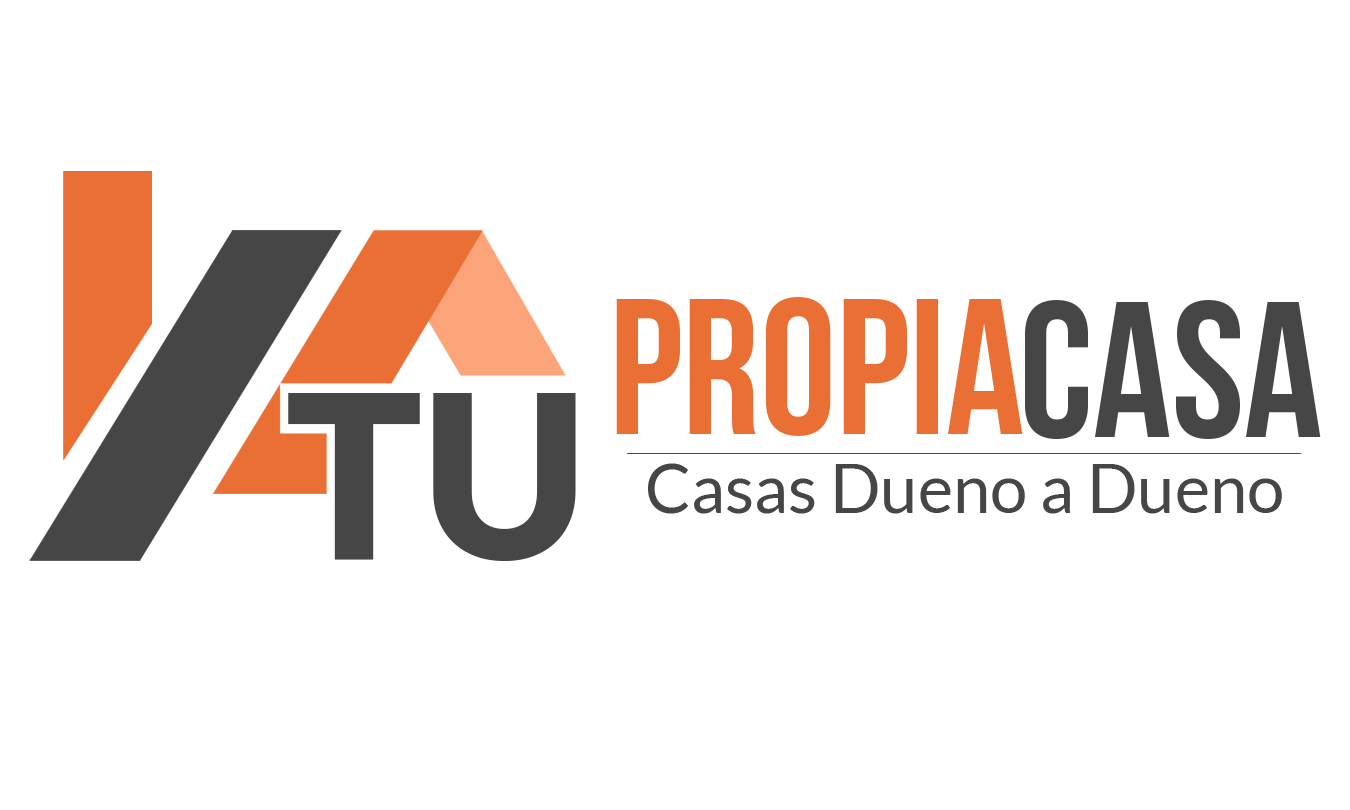Resources & All About Owner Finance
Where to get a TIN number?
What is an ITIN? – An Individual Taxpayer Identification Number (ITIN) is a tax processing number issued by the Internal Revenue Service. It is a nine-digit number that always begins with the number 9 and has a range of 70-88 in the fourth and fifth digit. Effective April 12, 2011, the range was extended to include 900-70-0000 through 999-88-9999, 900-90-0000 through 999-92-9999 and 900-94-0000 through 999-99-9999. IRS issues ITINs to individuals who are required to have a U.S. taxpayer identification number but who do not have, and are not eligible to obtain a Social Security Number (SSN) from the Social Security Administration (SSA).
ITINs are issued regardless of immigration status because both resident and nonresident aliens may have a U.S. filing or reporting requirement under the Internal Revenue Code.
Individuals must have a filing requirement and file a valid federal income tax return to receive an ITIN, unless they meet an exception.
What is ITIN Financing?
ITIN financing refers to the process of obtaining a mortgage or loan using an Individual Taxpayer Identification Number (ITIN) instead of a Social Security Number (SSN). An ITIN is a tax processing number issued by the Internal Revenue Service (IRS) to individuals who are required to have a U.S. taxpayer identification number but do not qualify for an SSN.
ITIN financing is often used by individuals who are not eligible for an SSN, such as non-resident immigrants, foreign nationals, and individuals in the process of obtaining legal residency status. These individuals might want to purchase a home or acquire other types of loans, and ITIN financing allows them to do so.
Here's how ITIN financing generally works:
1. Eligibility: Borrowers who do not have an SSN but have a valid ITIN can apply for ITIN financing.
2. Documentation: Borrowers need to provide the necessary documentation to prove their identity, income, and creditworthiness. This might include passports, visas, proof of income, and credit history.
3. Lenders: Some financial institutions and lenders offer ITIN financing programs. These programs might have different terms and requirements compared to traditional mortgage or loan programs.
4. Loan Types: ITIN financing can apply to various types of loans, including home mortgages, personal loans, and auto loans.
5. Down Payment: Borrowers might need to make a down payment, which can vary depending on the lender and the loan type.
6. Interest Rates: Interest rates for ITIN financing might be higher compared to loans obtained with an SSN. This is because lenders perceive these loans as having a higher risk due to the lack of credit history in the U.S.
7. Loan Terms: Loan terms, such as the length of the loan and monthly payments, can vary based on the lender and the borrower's financial situation.
8. Benefits: ITIN financing provides an opportunity for individuals without an SSN to access financing options and achieve their financial goals, such as homeownership.
It's important to note that the availability and terms of ITIN financing can vary based on the lender, location, and changing regulations. If you're considering ITIN financing, it's advisable to research lenders thoroughly, understand the terms and conditions, and seek advice from financial professionals to make informed decisions.
Step-By-Step Guide to Buying a House
Buying a house is a multi-step process that involves careful planning, research, and coordination. Here are the necessary steps you should follow when buying a house:
1. Determine Your Budget: - Assess your financial situation, including income, expenses, and existing debts. - Calculate how much you can afford for a down payment and monthly mortgage payments. - Consider additional costs such as property taxes, insurance, and maintenance.
2. Get Pre-Approved for a Mortgage which can be done with Tu Propia Casa: - Approach lenders to get pre-approved for a mortgage loan. - Pre-approval gives you an idea of how much you can borrow, helping you narrow down your house search.
3. Research and Find a Property: - Determine your preferred location, type of property, and essential features. - Use real estate websites, attend open houses, and work with a real estate agent to find suitable properties.
4. Make an Offer: - Once you find a property you like, work with your real estate agent to draft and submit a purchase offer. - The offer includes the price you're willing to pay and any conditions you have, such as home inspections or repairs.
5. Negotiate and Sign a Purchase Agreement: - The seller may counter your offer, and negotiations can take place until both parties agree. - Once both parties agree, you'll sign a purchase agreement, which outlines the terms of the sale.
6. Perform Due Diligence: - Schedule a home inspection to assess the property's condition and identify any potential issues. - Review property records, titles, and any homeowners association rules.
7. Secure Financing: - Finalize your mortgage application with the chosen lender. - Provide all necessary documentation, such as income statements and credit reports.
8. Get an Appraisal: - The lender will order an appraisal to determine the property's value. The loan amount is often based on this value.
9. Complete the Closing Process: - Review and sign all necessary legal documents, including the mortgage agreement and property title. - Pay closing costs, which include fees for services like appraisal, title search, and legal work.
10. Obtain Homeowners Insurance: - Secure homeowners insurance to protect your investment and satisfy the lender's requirements.
11. Conduct a Final Walk-Through: - Just before closing, do a final inspection of the property to ensure it's in the agreed-upon condition.
12. Close the Deal: - Attend the closing meeting to sign the final documents and pay any remaining fees. - You'll receive the keys to your new home once the transaction is complete.
Remember that the home buying process can vary based on location and specific circumstances. Working with a qualified real estate agent and consulting legal and financial professionals can help ensure a smooth and successful home purchase.
Top Places To Look For Houses
You can search for houses on various online platforms and through traditional methods. Here are some popular options:
1. Real Estate Websites: - Zillow: Offers a wide range of listings, along with tools to filter by price, location, and features. - Realtor.com: Provides listings, local market trends, and property details. - Trulia: Offers property listings, neighborhood insights, and tools to find homes for sale or rent.
2. Real Estate Agent: - Working with a real estate agent gives you access to the Multiple Listing Service (MLS), which contains comprehensive property listings. - Agents can help you find properties that meet your criteria and guide you through the buying process.
3. Local Newspapers and Magazines: - Many local newspapers and magazines have classified sections dedicated to real estate listings.
4. Social Media: - Some real estate agents and agencies post listings on social media platforms like Facebook and Instagram.
5. For Sale Signs: - When driving or walking around your desired neighborhood, look for "For Sale" signs on properties.
6. Real Estate Apps: - Many real estate websites have companion apps for smartphones that allow you to search for listings on the go.
7. Online Auctions: - Some properties are listed for sale through online auction platforms.
8. Government and Bank-Owned Listings: - Government agencies and banks list foreclosed and REO (Real Estate Owned) properties for sale on their websites.
9. Local Real Estate Events: - Attend local home expos, open houses, and real estate events to learn about available properties.
10. Networking: - Connect with local real estate professionals, such as agents and investors, who might have information about properties for sale.
Remember to research thoroughly, verify the credibility of the sources, and consider using multiple methods to get a comprehensive view of the available properties in your desired location.
Top Places To Look For Houses

© 2016 Tu Propia Casa. All Rights Reserved. (682)688-9123 Web Design by CravenSons.com

Facebook